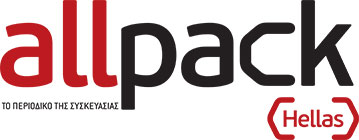In part significant hikes except for PET / Panic buying caused by Brexit and pandemic / Bottlenecks continue for styrenics and PVC / Prices rises to continue in January

PE: Prices of PE film materials rose in December in some cases to a much greater extent than the cost of the ethylene feedstock, which was up EUR 20/t. Depending on the size of the increase in the previous month, producers also added on something extra to improve their margins. Especially with LDPE film grades, panic buying in the UK and pandemic-related stockpiling on the continent raised demand, but with other materials, too, the market was quite firmly in the hands of the producers. The film grades were outdone only by LDPE injection moulding types, where buyers had to accept almost the entire demands of the producers. For January, some producers are already calling for hikes of up to EUR 200/t even though the cost of ethylene rose by only EUR 65/t. Depending on availability, it is to be expected that they will push through at least the cost increase plus an additional sum to improve margins. Exceptions are likely to be, on the one hand, pipe grades because of the low season in the construction industry and, on the other, injection moulding materials destined for the hygiene and medical technology sector, which will quickly pick up speed again. Many producers are overbooked and, in some cases, only have limited supply capabilities because of plant outages. Converters are expected to return to normal business only gradually because of coronavirus restrictions and bank holidays, which is why producers may well have an opportunity to top up their stocks.
PP: In view of the tight market, producers were able to push through hikes greatly exceeding the EUR 15/t rise in C3 costs. Their drive was supported by unusually strong demand in December. Notations for compounds rose in tandem with the increase in standard PP prices. The upward momentum in PP prices will intensify again in January. Producers will not be content with passing on the latest EUR 65/t increase in the C3 contract. Indeed, they will be looking for triple-digit hikes. While the tight supply will help support their plans, in view of the exorbitant hikes placed on the table, some converters may well decide to hold orders to a minimum. That could help break or at least bend the upward spiral.
PVC: The tight supply situation drove PVC prices further up in December. PVC decoupled itself from the cost of C2 several months ago, and in the final month of 2020, producers once again added more than the cost increase to the already high prices. Since May 2020, PVC base material has thus risen by more than 30%. Prices for compounds and pastes also increased again. Availability will continue to be limited in January. This is playing into the hands of producers, who are looking to hike prices further. It would not be surprising if during the price negotiations one or other producer were to suddenly recollect the feedstock prices, and put forward the argument that the C2 reference increased by EUR 65/t in January.
Styrenics: After the styrene reference surged, styrenics prices also skyrocketed in December 2020. Particularly in the case of polystyrene and ABS, which are suffering from sometimes extreme supply bottlenecks, premiums even exceeded the sharp cost increase. ABS and EPS reached peak prices for 2020. Processors will have to brace for a continued rough winter: the SM reference’s renewed increase of EUR 108/t in January will propel prices higher, and ongoing supply bottlenecks for PS and in particular ABS, will again have an impact on prices. This will also affect many longer-term purchase agreements that are traditionally concluded at the turn of the year.
PET: As expected, very little happened on the European PET market in December 2020. Feedstocks emitted only weak signals, which cancelled each other out. Signs of easing in the minority component MEG were set against a slight firming in the case of PX. On the supply side, the situation for European production underwent further stabilisation, albeit without much verve in a Christmas month marked by the pandemic. Imports remained at a low level due to high freight costs and were unattractive to suppliers as revenue opportunities. Demand also remained highly subdued in many countries due to lockdowns. An overwhelming majority of those involved thus rapidly agreed to carry over the low-level notations at all the usual levels of business. This “new normal” would thus seem to have become established for the time being. Only in Italy did a number of notations reveal a firming trend. The outlook for the first month of the new year is uncertain. Fears of rising feedstock costs and turbulence due to Brexit have been voiced in some cases, which could drive up prices. At the same time, the subdued level of demand will scarcely permit any increase in margins, which means that a realistic scenario would be one of costs being passed on if any major impulses emerge. Market participants should thus focus on this factor.


































